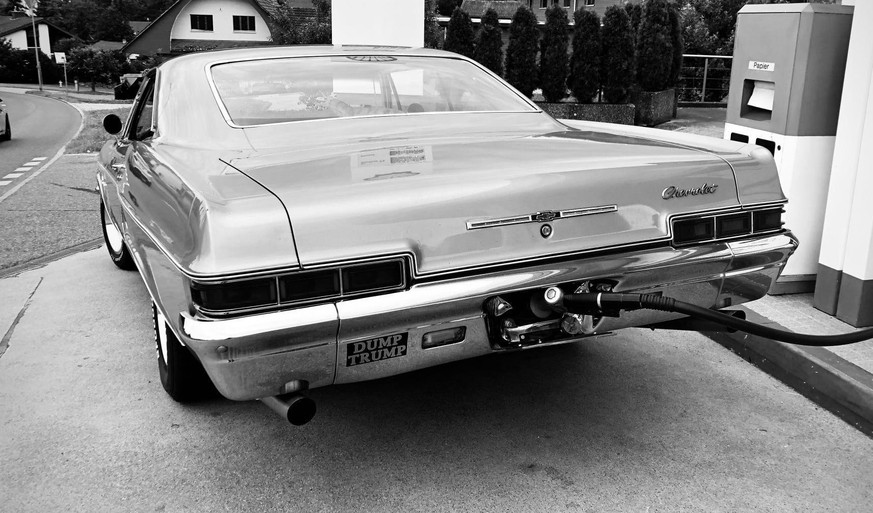Task 19
In our project on dontwastemy.energy we have linked 5-6 links.
Joel & Mario
Task 18
Social Media Post text:
We were able to successfully finish our post, which shows the comparison between classic cars and electric cars in the topics of environment and costs.
If you are interested in this topic, you can find the post at: Comparison classic cars with new cars | Don't Waste My Energy! (dontwastemy.energy)

IDAF Task 3:
An electric car (VW e-golf) consumes approx. 12.7 kwh per 100 km.
a modern heat pump dryer (tumble dryer) requires approx. 2 kWh per wash cycle. This means that for the same energy output, you could run it about 6-7 times.

sources:
Stromverbrauch Elektroautos auf 100 km? | E.ON Community (eon.de)
Wie viel Strom verbraucht ein Wäschetrockner? | Mit Rechner (stromrechner.com)
Task 16
One of our main goals, is certainly with our project to increase the awareness of the readers, what impact cars (in comparison oldtimers to electric cars) have on the environment and the costs. More...
Task 15
Our goal is to deliver a unified work. Our work should have a common thread and the posts from our team should be consistent. A correct pronunciation of technical terms and a low error rate is also important to us. Therefore, we have our work corrected by two outsiders who have nothing to do with the project.
Names: 1. Markus Zürni, 2. Adrian Theart (englisch expert)
Task 12
We were able to define our goals and can base decisions on those goals. We are confident that this project will bring a clear message and will remain in the minds of readers in the long term. This project makes us more and more curious and we are glad to have chosen such a diverse topic.

Unfortunately, we had problems with our collaboration partner from Sweden. After several unanswered emails, we felt that we should take our experience with him and put our energy into other collaboration partners from now on. We are looking forward to our final result!
Task 13
In this post we would like to show you where our collaboration partners are located. We are very happy that we have found partners all over the globe. This way we can incorporate even more different knowledge into our project.More...
Task 10 C-Project:
In our project we want to find out what impact classic cars and electric cars have on the environment in comparison. We also made a cost comparison between these two types of cars, taking into account the following points:
- Acquisition costs
- Maintenance costs (repair, refueling/charging, etc.)
- Stability of value
Our goal is to raise awareness about cars through these two main points: cost comparison and impact on the environment from production to wear and tear to disposal, compared to old-timers and electric cars.

Targets for Today are C-Project Tasks 10, 15, 16 and 17

It was very difficult to get any information about the energy output of oldtimers. After a long search I found a reliable source from which I took the information that gave me a very surprising result.

The biggest positive point about a vintage car is the fact that it has already been manufactured.
In Europe, a new car is purchased every 5-7 years on average. Since most of the emissions are produced during the manufacturing process and then "decomposed" during use, the modern car becomes more and more environmentally friendly the longer it is driven.
More...